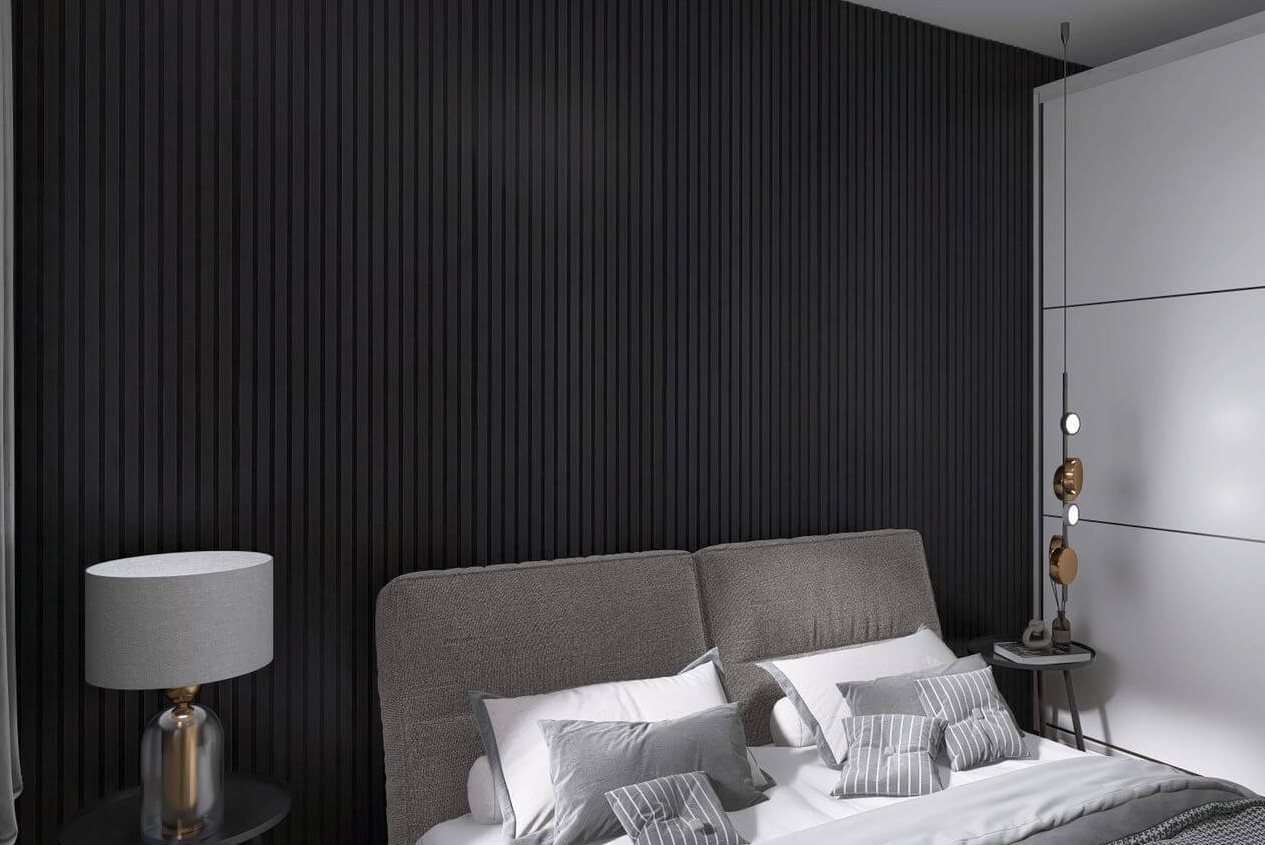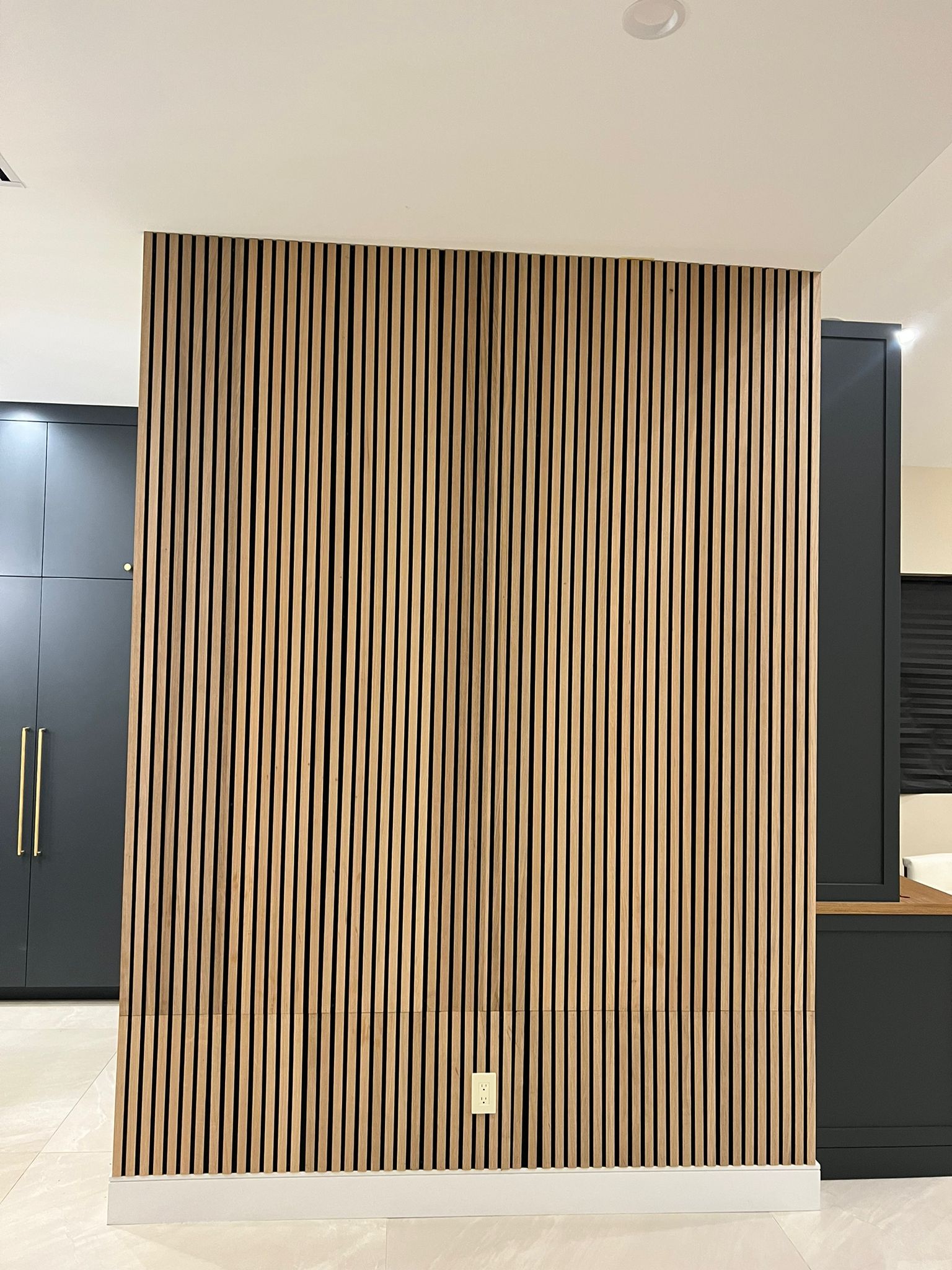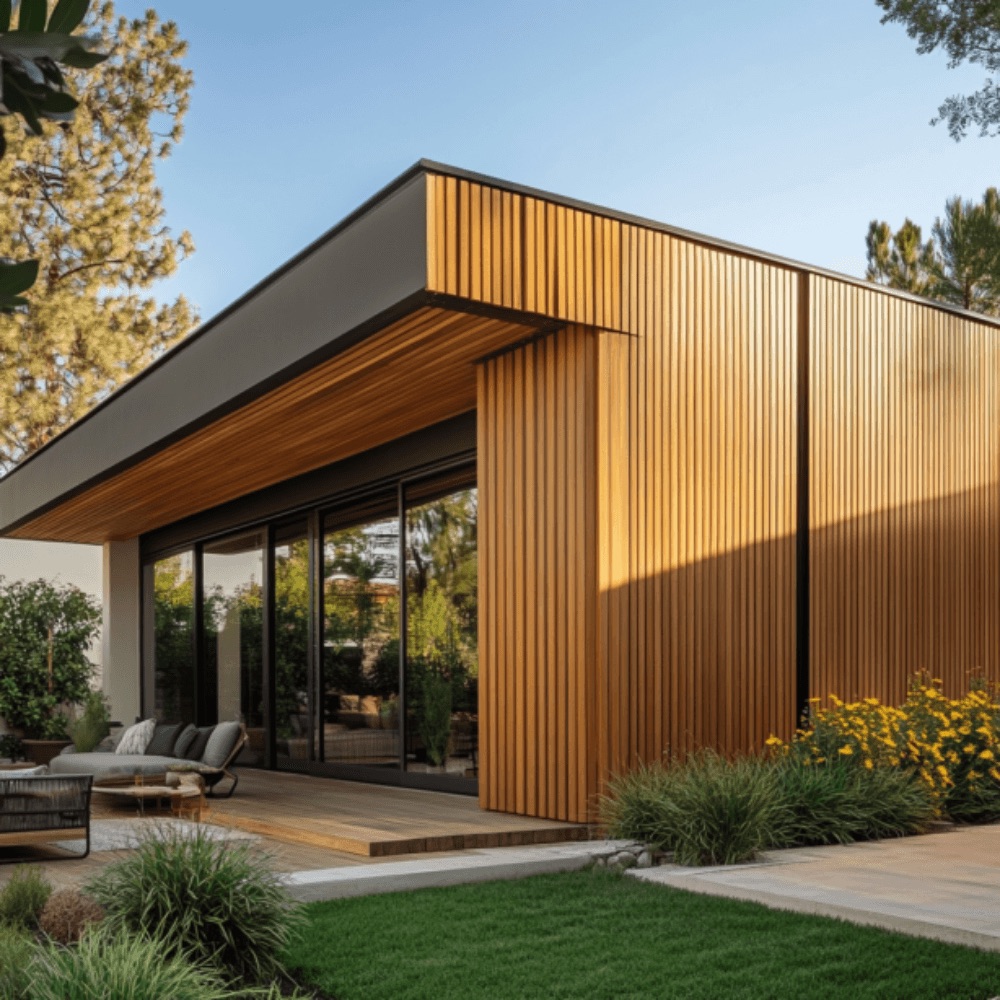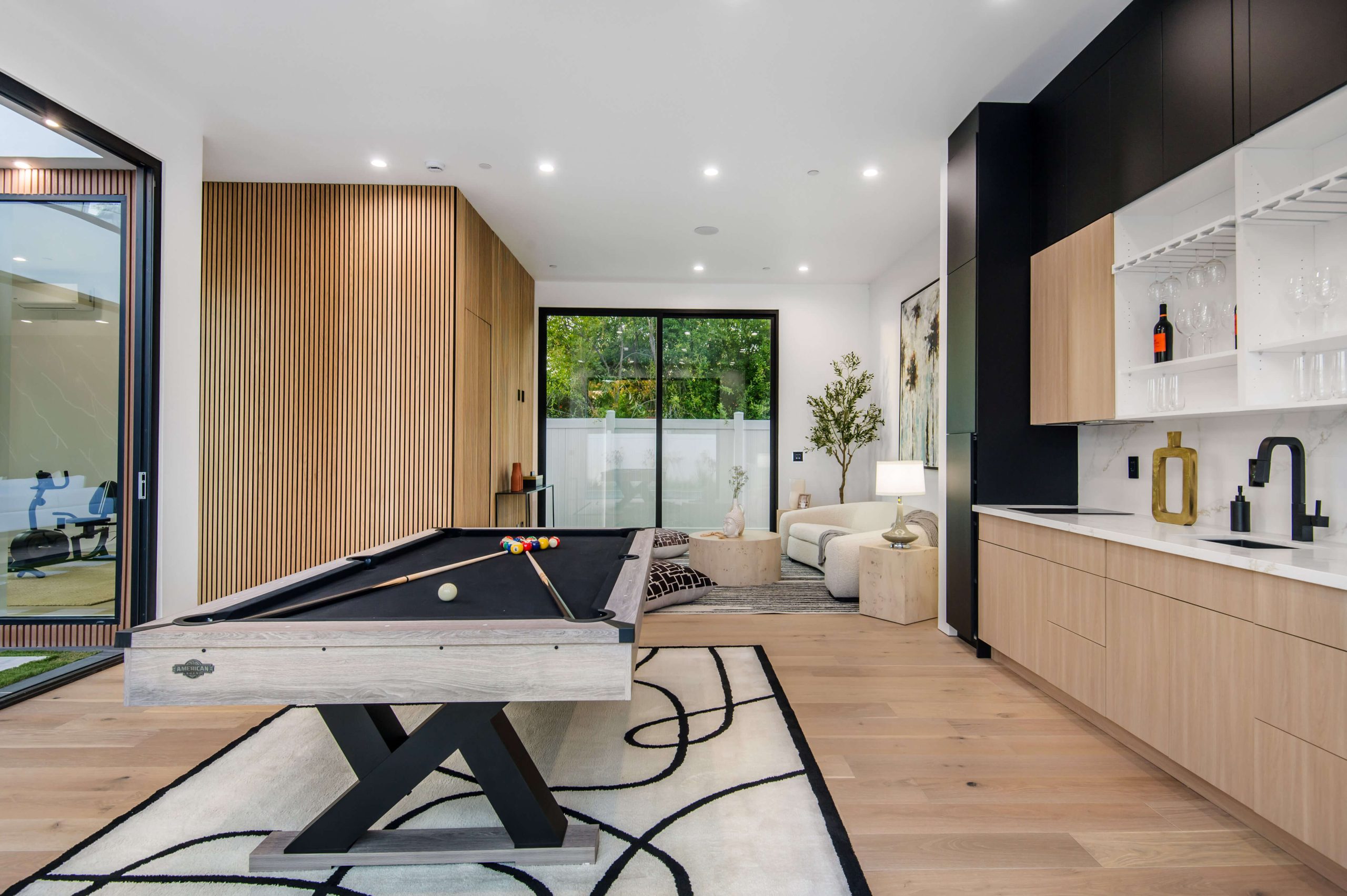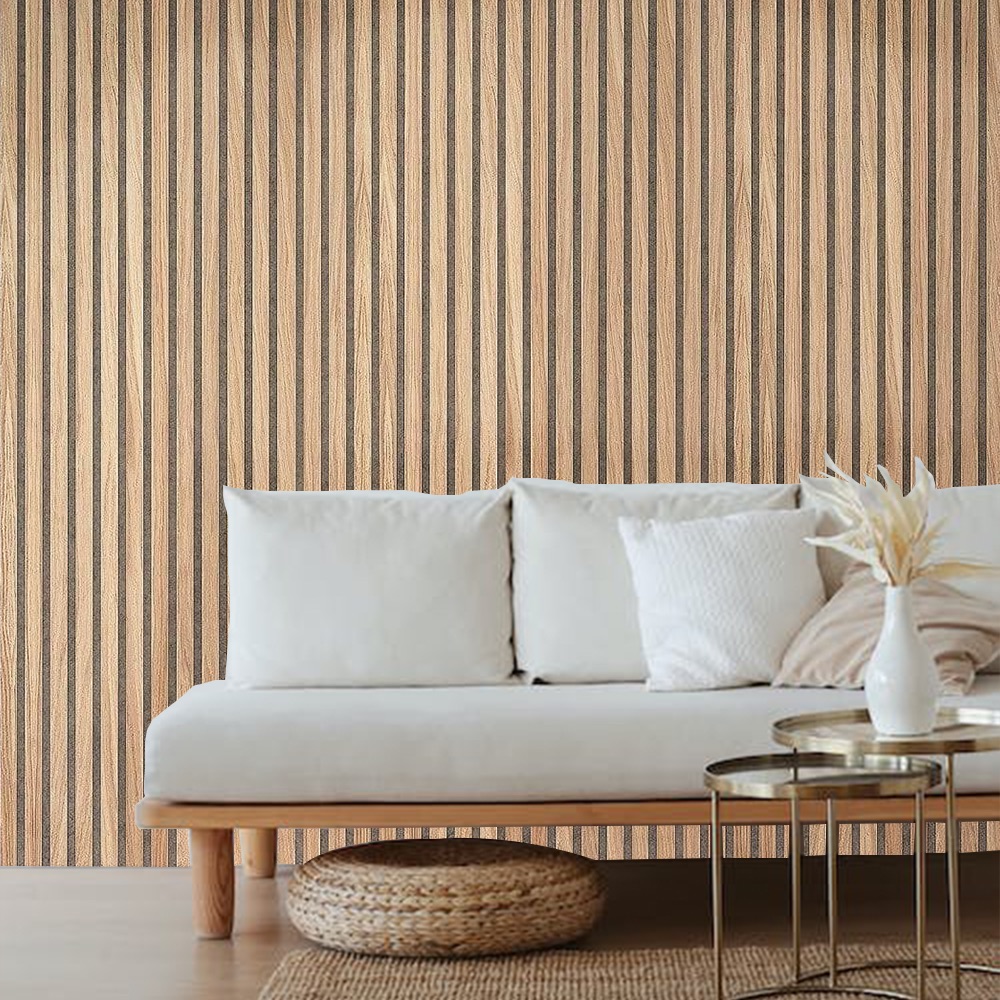Tambour paneling has gained popularity in recent years, offering a unique, flexible, and aesthetically appealing option for wall treatments, cabinetry, and furniture design. In this article, Tambour Paneling Explained, we’ll explore what makes tambour paneling special, how it’s used, and why it’s becoming a favored choice for modern homes and commercial spaces alike.
What Is Tambour Paneling?
At its core, tambour paneling refers to a type of surface treatment made from a series of thin, rounded slats of wood or other materials that are attached to a backing material. This unique structure allows the panel to bend and curve, making tambour paneling ideal for both flat and curved surfaces.
Tambour panels have been used historically for roll-top desks and cabinets, but their versatility and modern designs have extended their applications beyond traditional uses. Whether in homes, offices, or commercial establishments, tambour panels create a distinct visual appeal by adding texture and depth to walls and furniture.
Common Features of Tambour Paneling:
- Flexibility: Tambour panels can bend and contour to different shapes, unlike traditional flat panels.
- Material Variety: Available in wood, MDF, or even metal options, tambour paneling is adaptable to various design preferences.
- Applications: Frequently used for walls, cabinetry, and even as decorative room dividers.
The Benefits of Tambour Paneling
The surge in the use of tambour paneling can be attributed to its aesthetic appeal and practical benefits. Let’s delve into the advantages that this stylish wood paneling offers.
1. Versatile Design
Tambour paneling adds texture and depth, which can completely transform the look of any room. The unique curvature of tambour panels allows for dynamic and fluid designs that make spaces appear larger and more intricate. Whether you’re installing it on an accent wall or as a cabinet front, tambour panels provide an eye-catching feature.
2. Easy to Install
Installation is often simpler than other types of wood paneling. Pre-cut panels can be easily applied to walls, furniture, and ceilings, simplifying the installation process. Many tambour panel systems come with adhesive backing, making DIY projects accessible to homeowners.
3. Acoustic Qualities
Another advantage of tambour paneling is its ability to improve sound insulation. The rounded slats and gaps between them help to diffuse sound, making it a great choice for spaces where noise reduction is important, such as home offices or recording studios.
4. Eco-Friendly Options
For environmentally-conscious homeowners and designers, tambour paneling offers sustainable options. Many manufacturers use wood from sustainably managed forests, and some tambour panels are made from recycled or composite materials.
Tambour Paneling Explained: It’s not just about aesthetics—tambour paneling also offers functional advantages that make it an excellent choice for modern design projects.
Common Uses for Tambour Paneling
Tambour paneling’s flexibility and versatility have made it a popular choice for various applications in both residential and commercial spaces. Here are some of the most common ways it is used:
- Accent Walls Tambour panels can be used to create a striking feature wall in living rooms, bedrooms, or office spaces. The texture and movement provided by the rounded slats make tambour paneling an ideal choice for spaces that require visual interest without overwhelming the design.
- Cabinetry and Furniture Frequently used in cabinet fronts, tambour paneling adds an element of elegance and sophistication. It’s also a popular choice for built-in furniture, such as entertainment centers or kitchen islands.
- Room Dividers Due to its flexibility, tambour paneling can be shaped into curved room dividers or partitions. This application is especially useful in open-plan offices or homes, where defining different zones is necessary without constructing permanent walls.
- Ceilings In more creative applications, tambour paneling can be used on ceilings to add dimension and texture. When applied to ceilings, the rounded slats create soft, curved lines that guide the eye upward, giving the illusion of height and space.
Materials Used in Tambour Paneling
When exploring Tambour Paneling Explained, it’s essential to understand the materials involved. Different materials can offer varied aesthetics and functionalities. Let’s take a look at the most commonly used materials in tambour panels:
- Wood: The most traditional material used for tambour paneling. Oak, walnut, and maple are popular choices for their durability and beautiful grain patterns.
- MDF (Medium-Density Fiberboard): A cost-effective alternative to natural wood, MDF is lightweight, easy to paint, and great for DIY projects.
- Metal: Some modern designs incorporate metal tambour panels, offering a sleek, industrial look ideal for contemporary settings.
| Material | Advantages | Common Uses |
|---|---|---|
| Wood | Durable, rich texture, natural appearance | Accent walls, cabinetry |
| MDF | Affordable, easy to paint, lightweight | DIY projects, furniture |
| Metal | Sleek, industrial look, durable | Modern decor, dividers |
Each of these materials brings its own set of benefits, so choosing the right one depends on the project’s design goals and functional requirements.
Visualizing the Tambour Paneling Process
To better understand how tambour paneling is installed and utilized, here’s a simple step-by-step guide:
- Choose Your Material: Depending on your design goals, select wood, MDF, or metal tambour panels.
- Measure the Area: Ensure that the panels will fit the intended space.
- Cut to Fit: If needed, cut the panels to size. Most tambour panels come in pre-cut dimensions, so trimming may be minimal.
- Adhere to Surface: Use adhesive backing or screws to attach the tambour panel to the wall, cabinet, or other surfaces.
- Finishing Touches: Apply paint, varnish, or other finishes as desired to enhance the appearance and protect the panel.
This simple process makes tambour paneling accessible to both professional designers and DIY enthusiasts.
FAQs: Tambour Paneling Explained
1. Can tambour paneling be used outdoors?
Typically, tambour panels are designed for indoor use. However, specialized materials, such as treated wood or metal, may be suitable for outdoor applications.
2. Is tambour paneling difficult to maintain?
Not at all. Like most wood products, tambour panels can be dusted or wiped down with a damp cloth. For deeper cleaning, use wood-safe cleaning products.
3. Can I paint or stain tambour panels?
Yes, tambour panels can be painted or stained to match your design preferences.
4. How durable is tambour paneling?
Tambour panels made from solid wood or MDF are highly durable and can last for many years when properly maintained.
5. What is the best way to install tambour paneling?
For best results, use a strong adhesive or secure the panels with screws, depending on the material and surface. Most panels come with easy installation instructions.
Conclusion
In conclusion, tambour paneling offers a stylish, flexible, and functional solution for interior design projects. Whether you’re looking to add visual interest to walls, cabinets, or even ceilings, tambour panels provide a versatile option that combines form and function. With its natural beauty, acoustic properties, and ease of installation, tambour paneling is a fantastic choice for any space.



